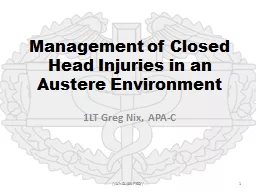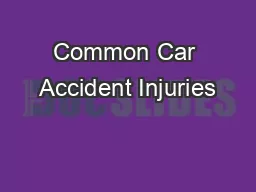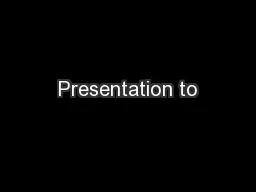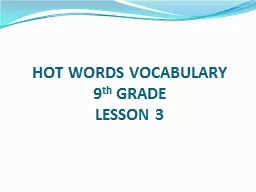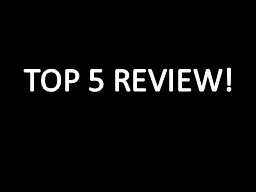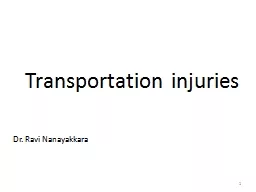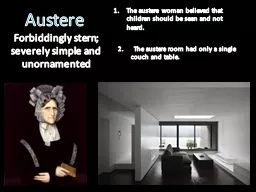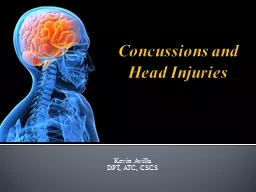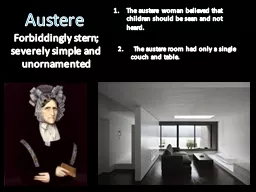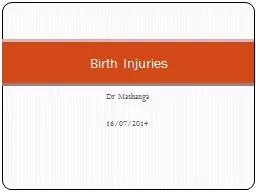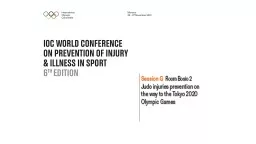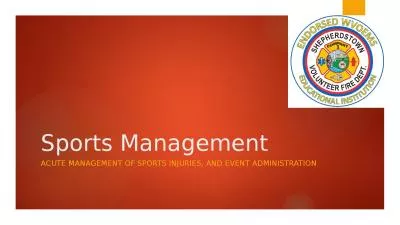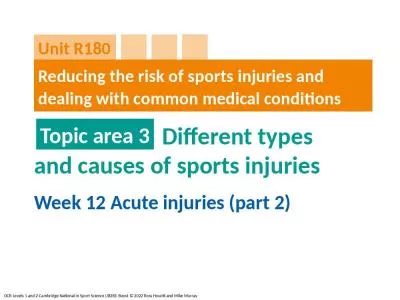PPT-Management of Closed Head Injuries in an Austere Environment
Author : giovanna-bartolotta | Published Date : 2019-12-09
Management of Closed Head Injuries in an Austere Environment 1LT Greg Nix APAC UNCLASSIFIED 1 Overview Pathophysiology of an injured brain Intracranial Pressure
Presentation Embed Code
Download Presentation
Download Presentation The PPT/PDF document "Management of Closed Head Injuries in an..." is the property of its rightful owner. Permission is granted to download and print the materials on this website for personal, non-commercial use only, and to display it on your personal computer provided you do not modify the materials and that you retain all copyright notices contained in the materials. By downloading content from our website, you accept the terms of this agreement.
Management of Closed Head Injuries in an Austere Environment: Transcript
Download Rules Of Document
"Management of Closed Head Injuries in an Austere Environment"The content belongs to its owner. You may download and print it for personal use, without modification, and keep all copyright notices. By downloading, you agree to these terms.
Related Documents

